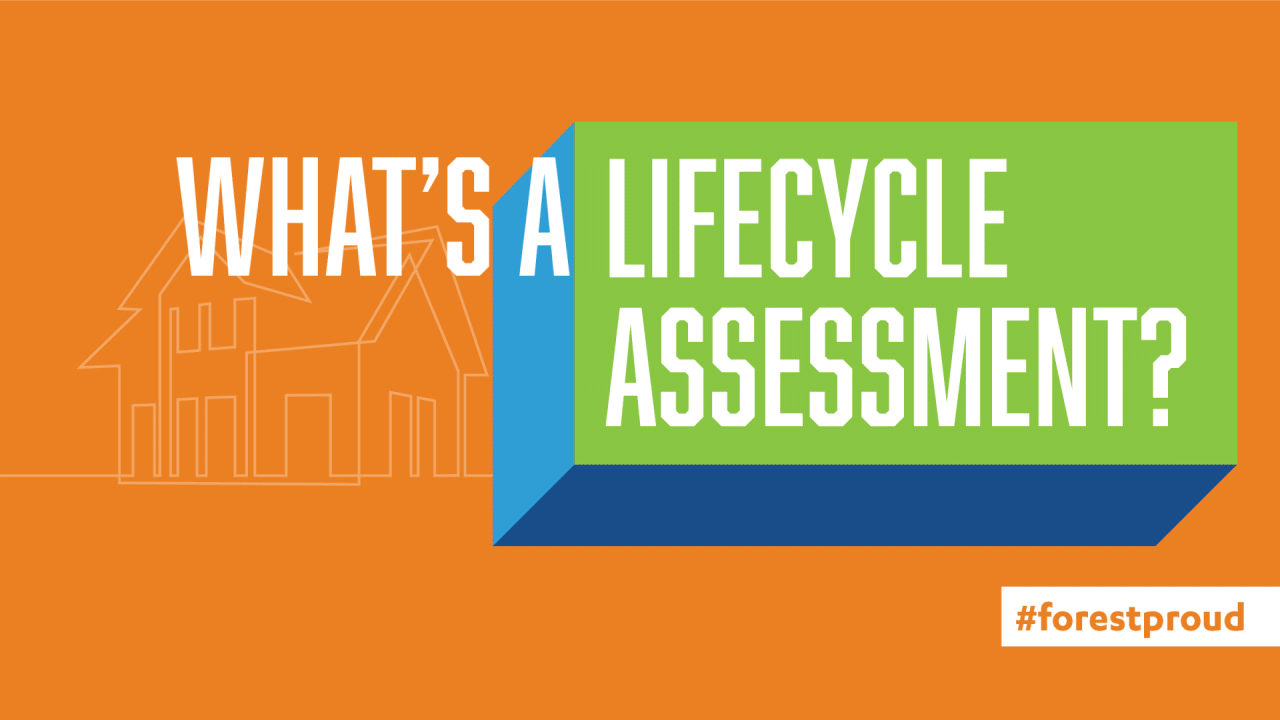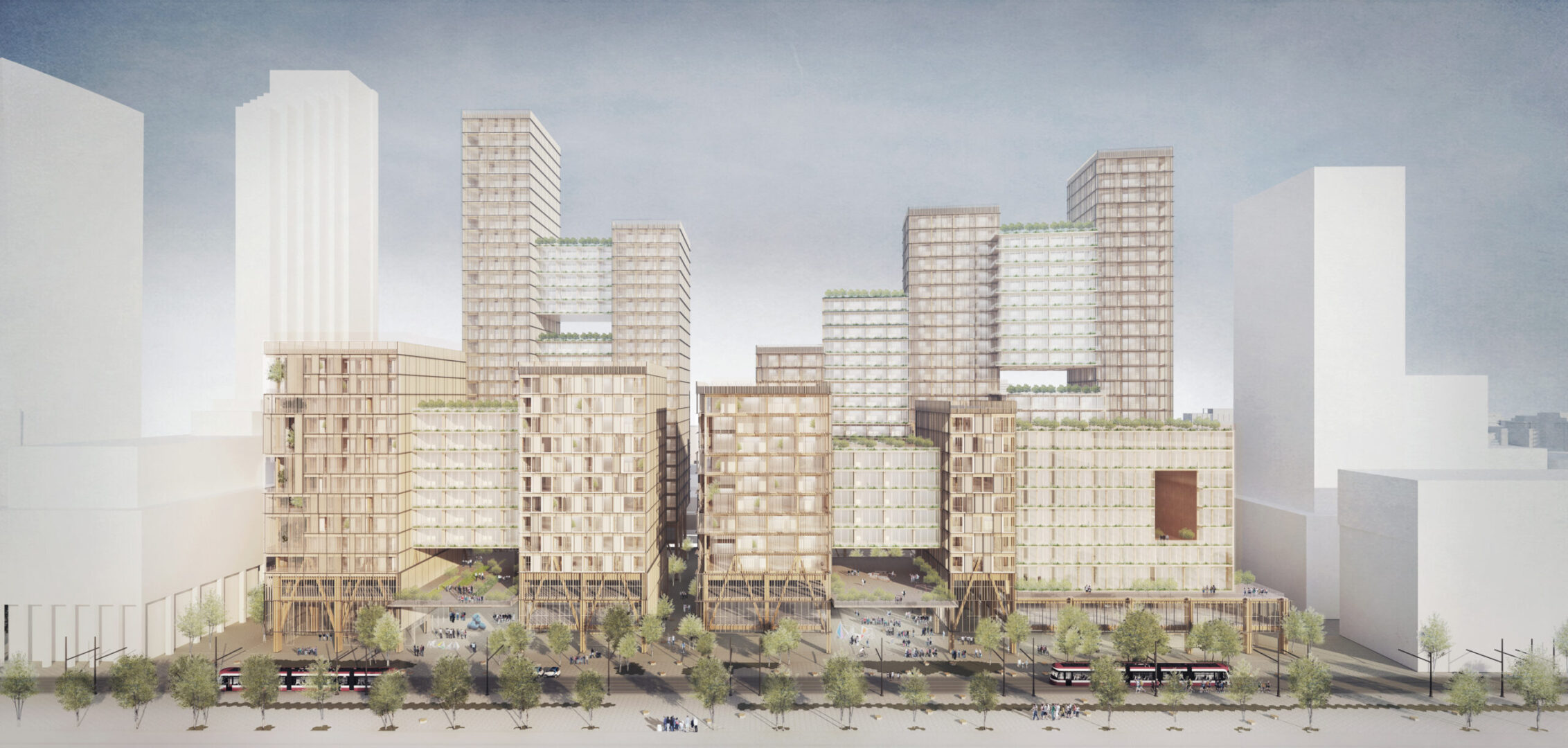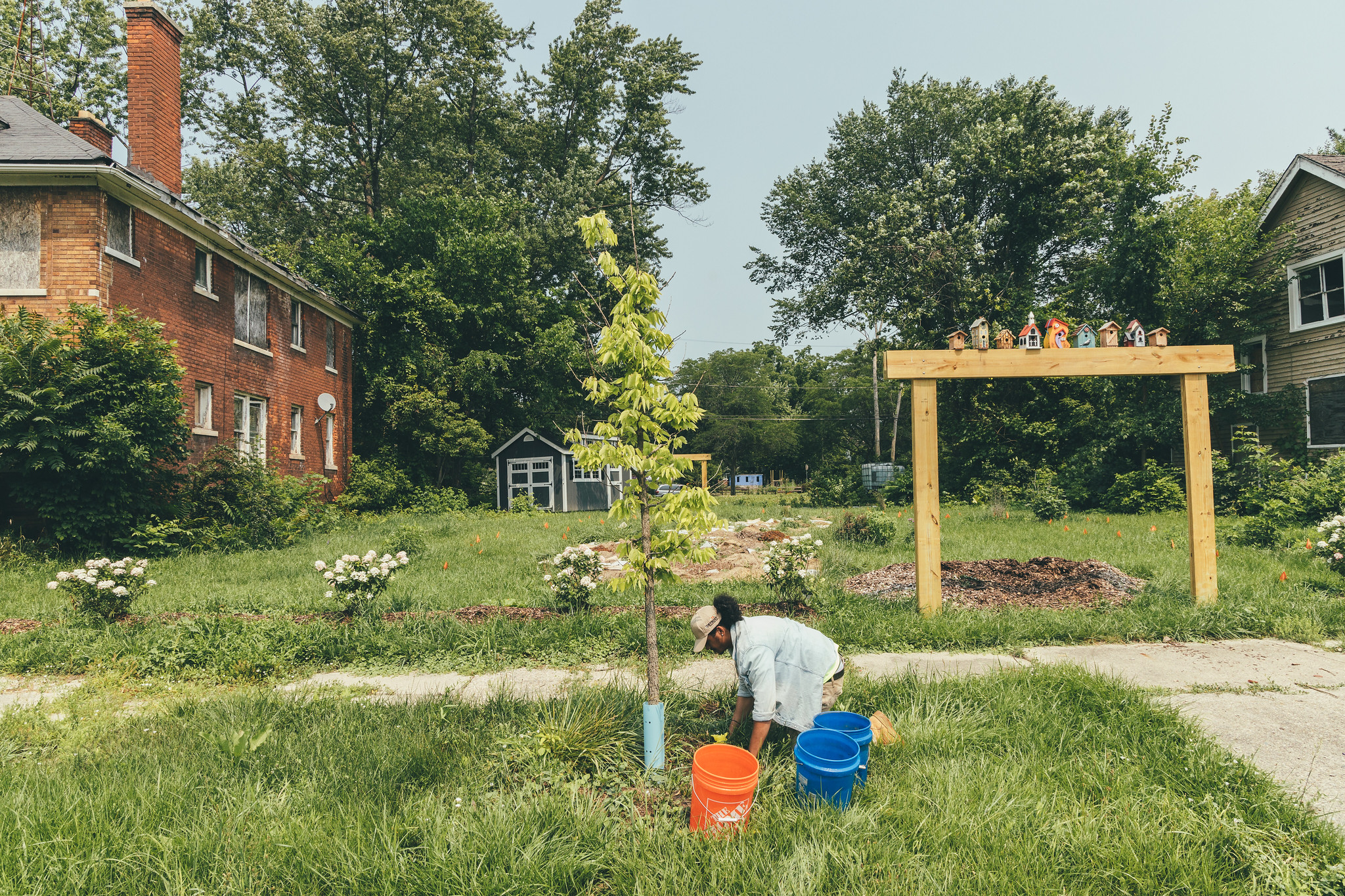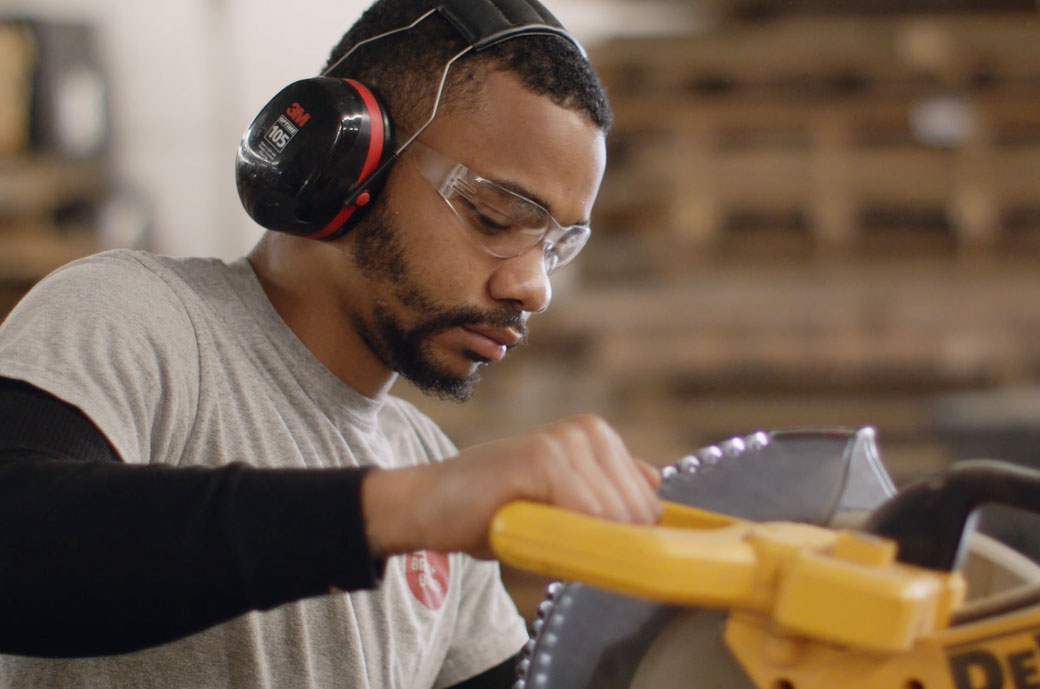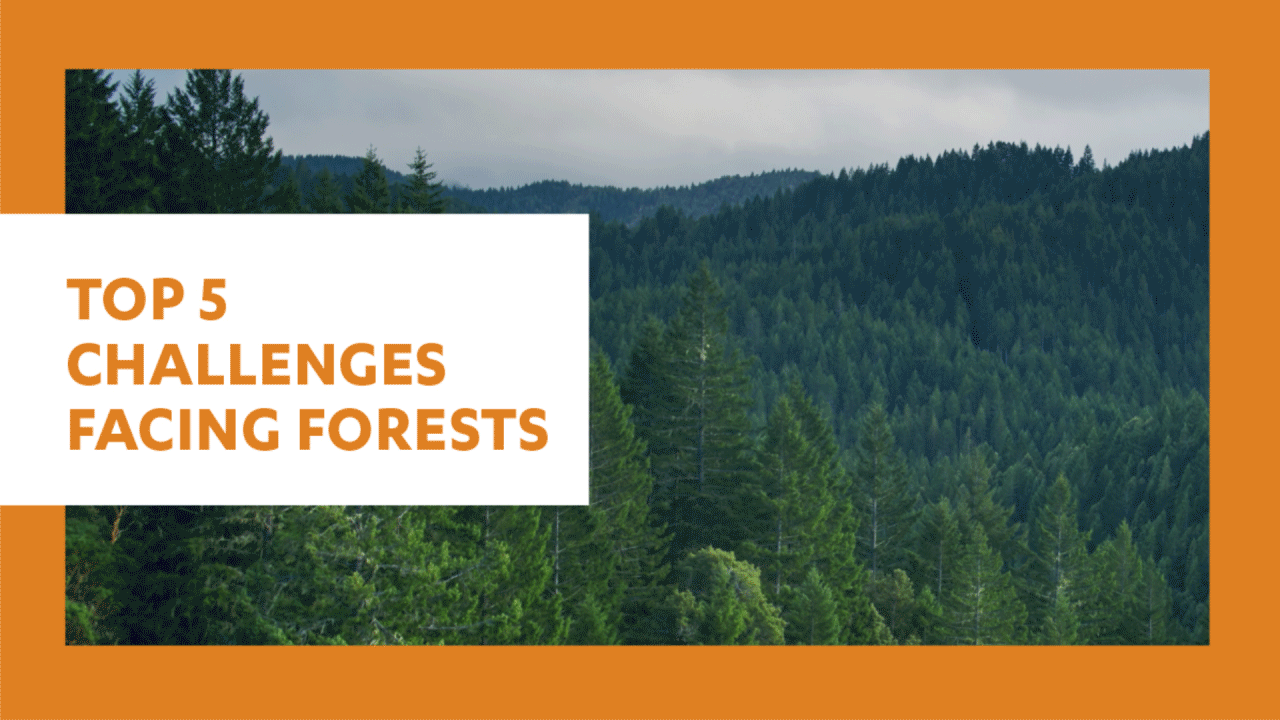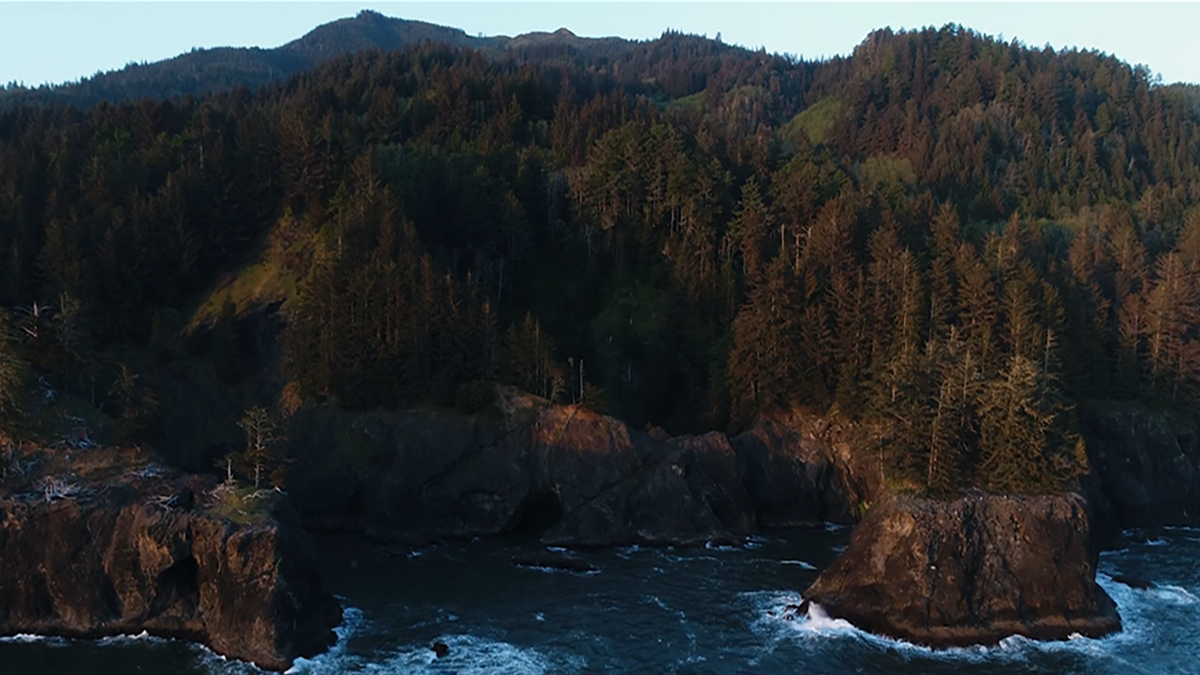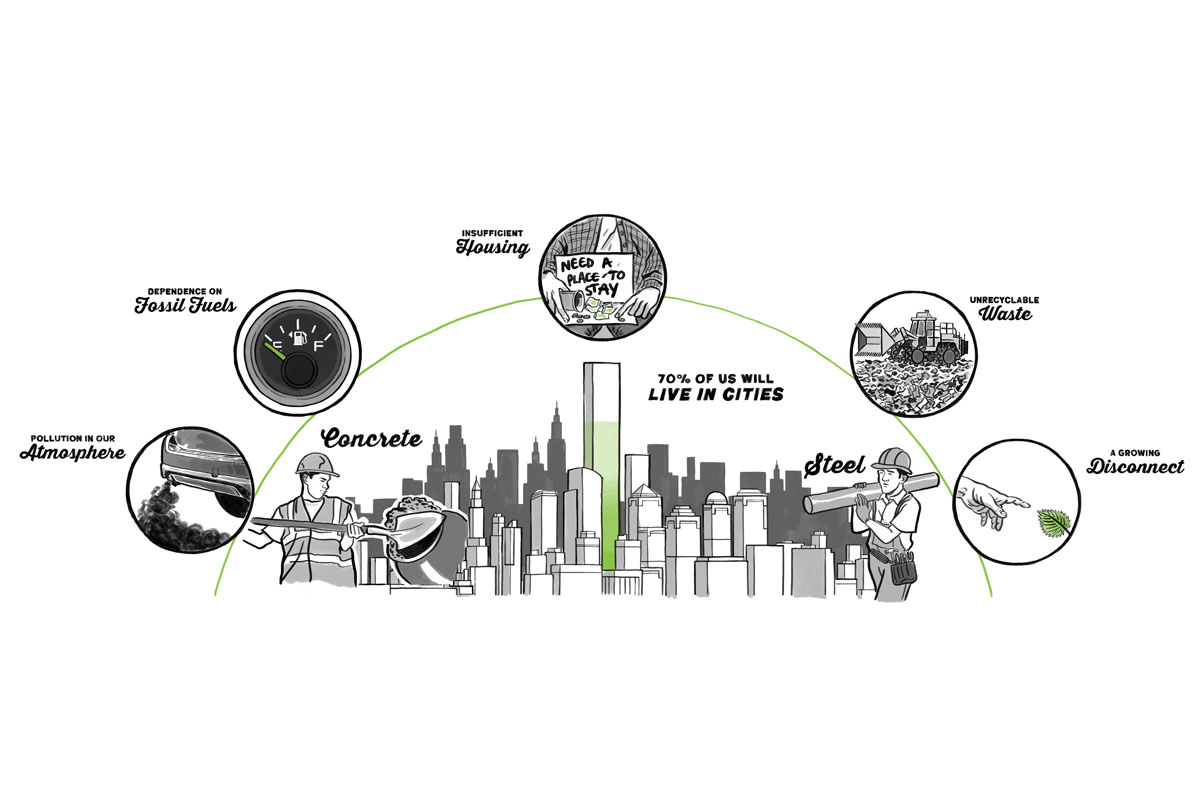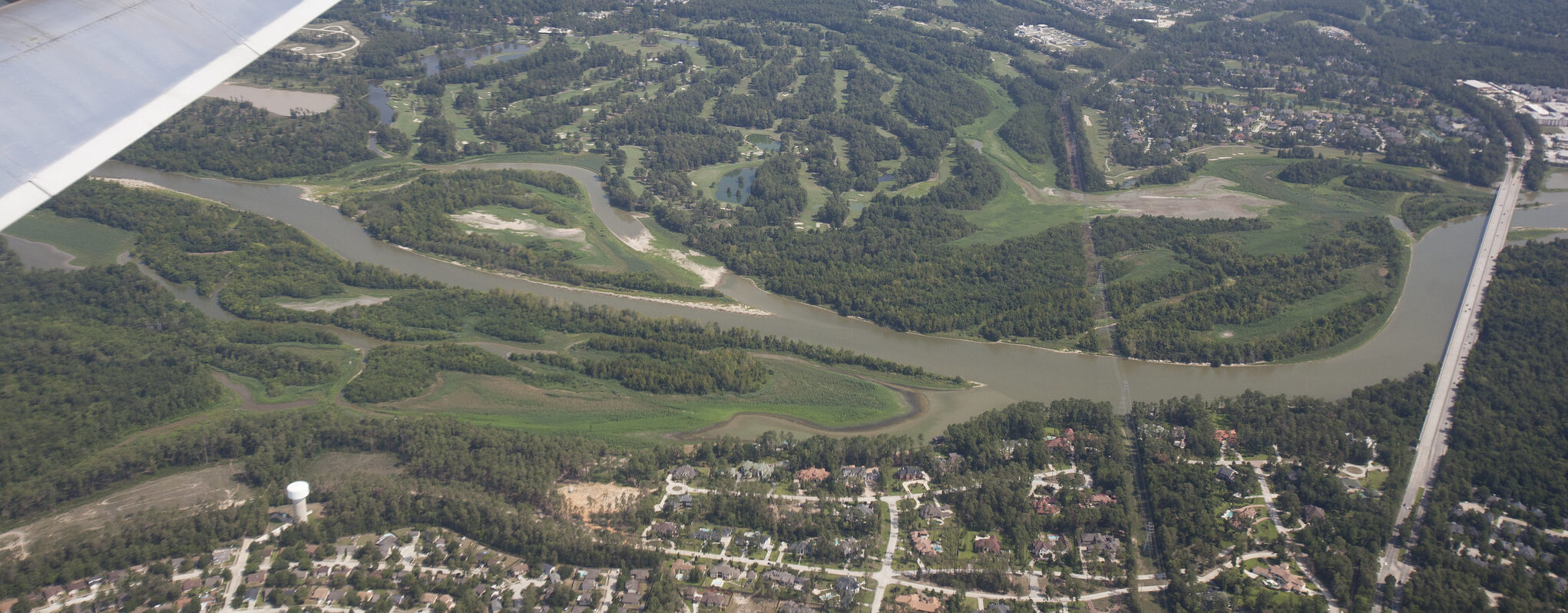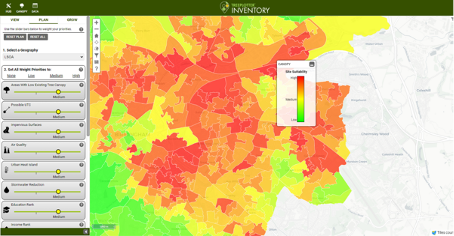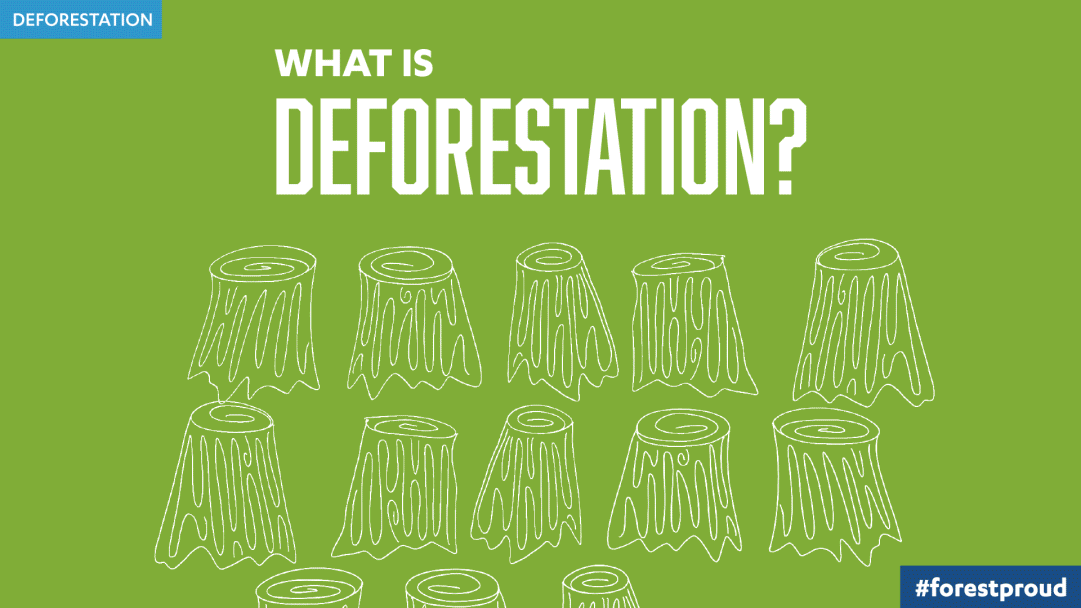Fighting Fire with Fire
Wildfires & Prescribed Burning
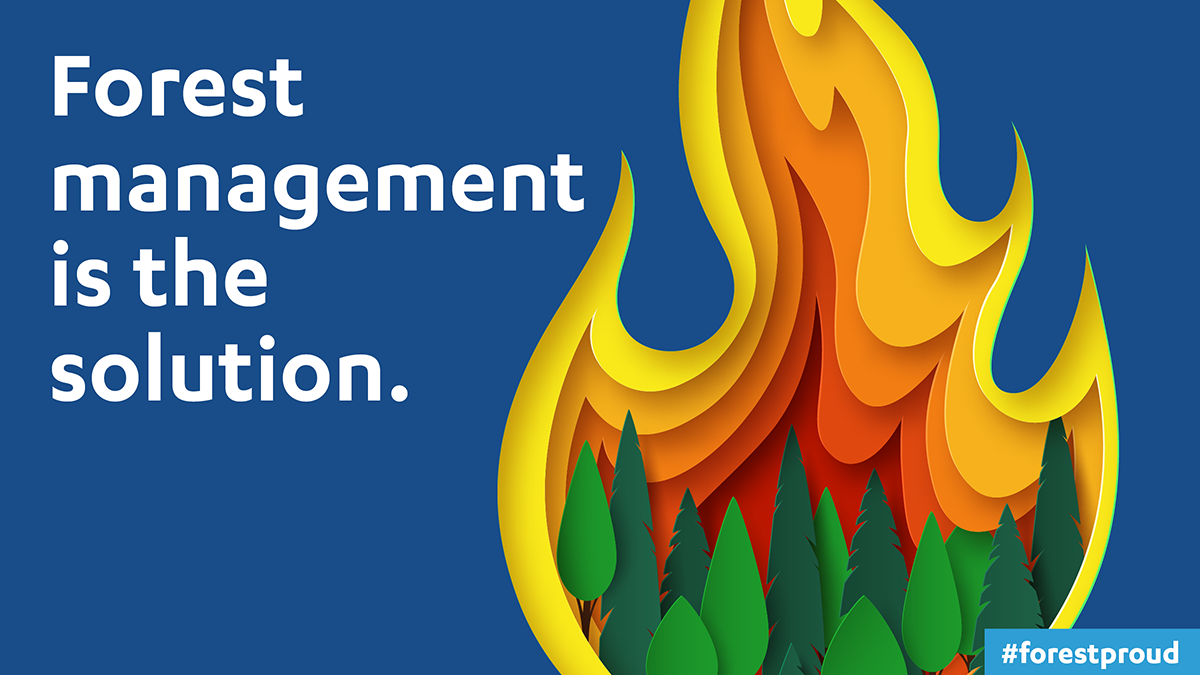
Since pre-historic times, fire has played a role in shaping North America’s forests, removing dead and unhealthy trees, fostering new growth, and returning important nutrients to the soil. We sometimes refer to forests that have evolved with fire as "fire-dependent" forests.
As our populations grew, there were more people living in and among forests, creating what we now call the “wildland urban interface” aka WUI (pronounced: “woo-wee.”) For the better part of the last century, we actively suppressed natural fire cycles to protect Americans’ homes and communities. Today, as a direct result, natural fire cycles have essentially been eliminated, and our forests have become unnaturally dense and packed with fuel for wildfires to burn.
Over 90% of wildfires are human caused (insert #forestproud friend Smokey Bear's voice: #onlyyou), and some of them, fueled by this buildup up of dead dry and thick undergrowth, can grow to become catastrophic, threatening lives, communities, natural resources, and public infrastructure.
We know you’ve noticed it, too: in the wrong place at the wrong time, fire can spell big problems. Catastrophic wildfires have the power to turn our forests from carbon sinks into carbon sources. Wildfires generally produce really bad smoke, and, based on the latest research, that smoke will only get worse.
Unfortunately, throughout North America, there is no longer a "wildfire season" (the time of year when fires are most likely to spark and burn) but rather a “fire year.” Made worse by the changing climate, the US now battles wildfire year-round, with some regions experiencing over 300 days a year of fire risk.
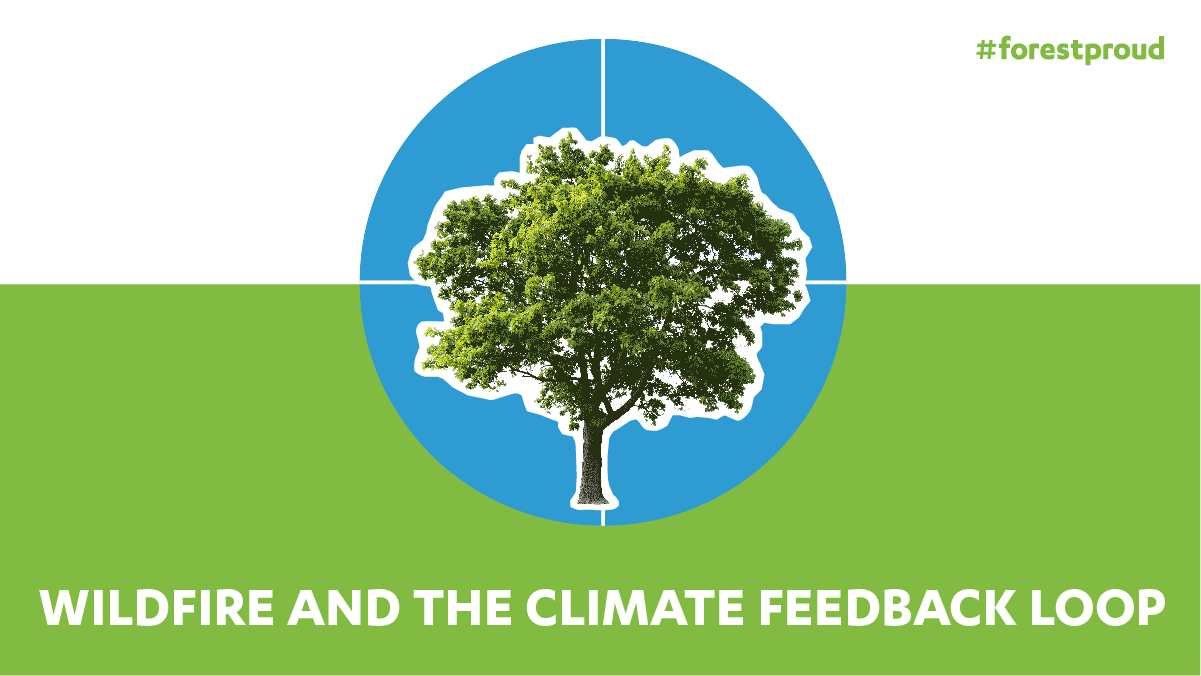
The practice of prescribed burning is a crucial forest management tool for combating wildfires in many areas of the US. In fact, for thousands of years, Indigenous communities have used controlled burns to emulate a more natural fire cycle.
What is Prescribed Fire?
Not all fire is bad. Prescribed burning is a forest management practice that involves intentionally setting fires under controlled conditions. (Setting a small fire on purpose can also be referred to as Rx Fire, good fire, or a controlled burn.) These fires are carefully planned and executed to reduce the amount of fuel, such as dead wood, trees, and dry debris, on the forest floor, which, when left unburned, build up over time to become a major source of fuel for wildfires.
In the right place at the right time, Rx fire creates environmental benefits, such as reducing grass and brush species that fuel wildfires, improving habitats for wildlife, and returning nutrients to the soil. Prescribed burning also helps to promote new vegetation growth and create natural “fire breaks” that slow the spread of wildfires by reducing access to flammable fuel. (It’s worth noting that while prescribed fires produce some smoke, the smoke is significantly different than the wildfire smoke levels.)
Relearning Prescribed Burning
Unfortunately, only a fraction of the land in the US that could benefit from controlled burns is actually treated with Rx fire. This is due to a variety of factors, including funding constraints, liability considerations, and concerns about air quality and public safety. The consequences are clear, though: when wildfires do occur, they are more intense and difficult to control. This vicious cycle will continue unless we take action to address the root causes of the problem.
Recently, there's been a big push to: 1) incorporate traditional ecological knowledge into fire science, 2) increase the use of controlled burns as part of regular forest management activities and 3) invest in a coordinated effort to reduce catastrophic wildfire risk. Last year, the US Forest Service published a 10-year plan to confront and combat the wildfire crisis with more controlled burns and support for fire crews across the nation.
Fighting Forest Fires with Forest Fires
So, what can we do? You can support and promote the use of prescribed burning. Instead of putting out every fire, we need to better incorporate fire into our forest management toolboxes.
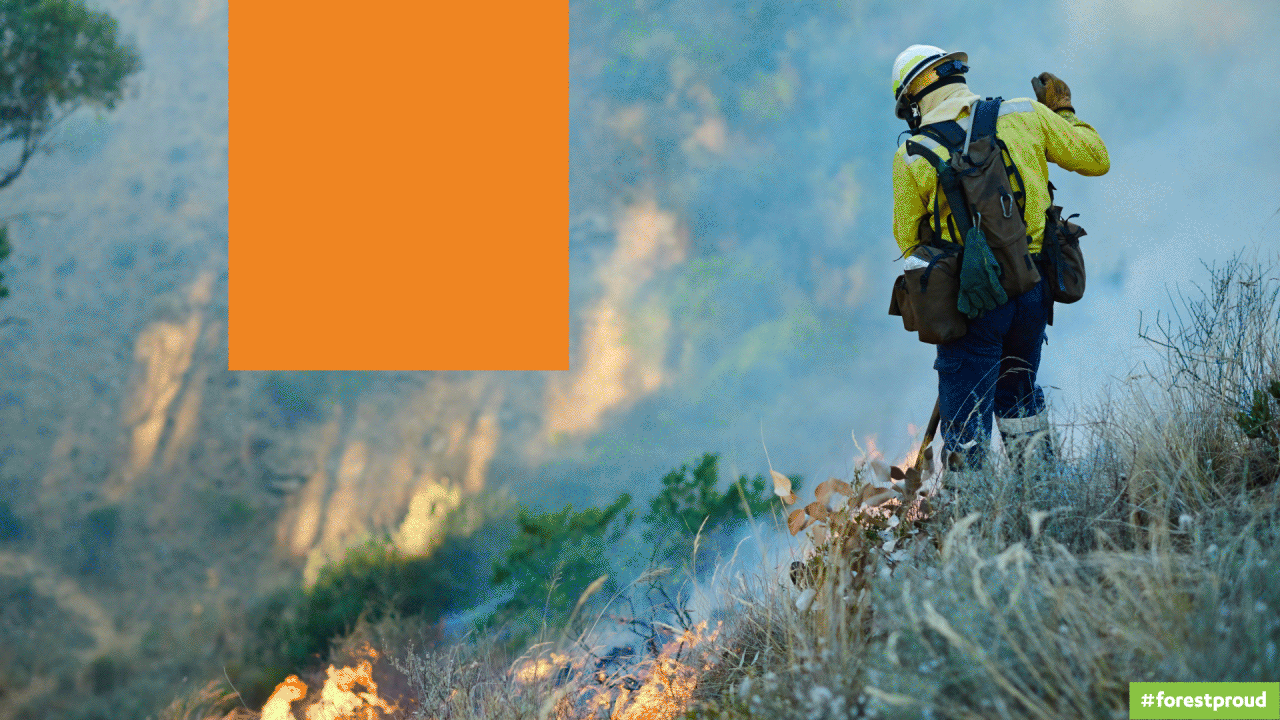
There is no one-size-fits-all approach to forest stewardship. In North America, we are fortunate to have a truly diverse range of people and organizations committed to using these tools to protect the health of our forests. It includes families and businesses, conservation and non-profit organizations, government agencies, researchers, communities, and courageous wildland firefighters.
Today’s forest stewards – armed with the latest technology and best management practices – are committed to making choices that keep forests as forests. But we can’t do it alone. We need help spreading the word that we can reduce the impacts of wildfires through responsible, proactive forest management. Healthy forests are a natural climate solution.

Check out the video below to learn even more about the benefits of burning in a fire forest.


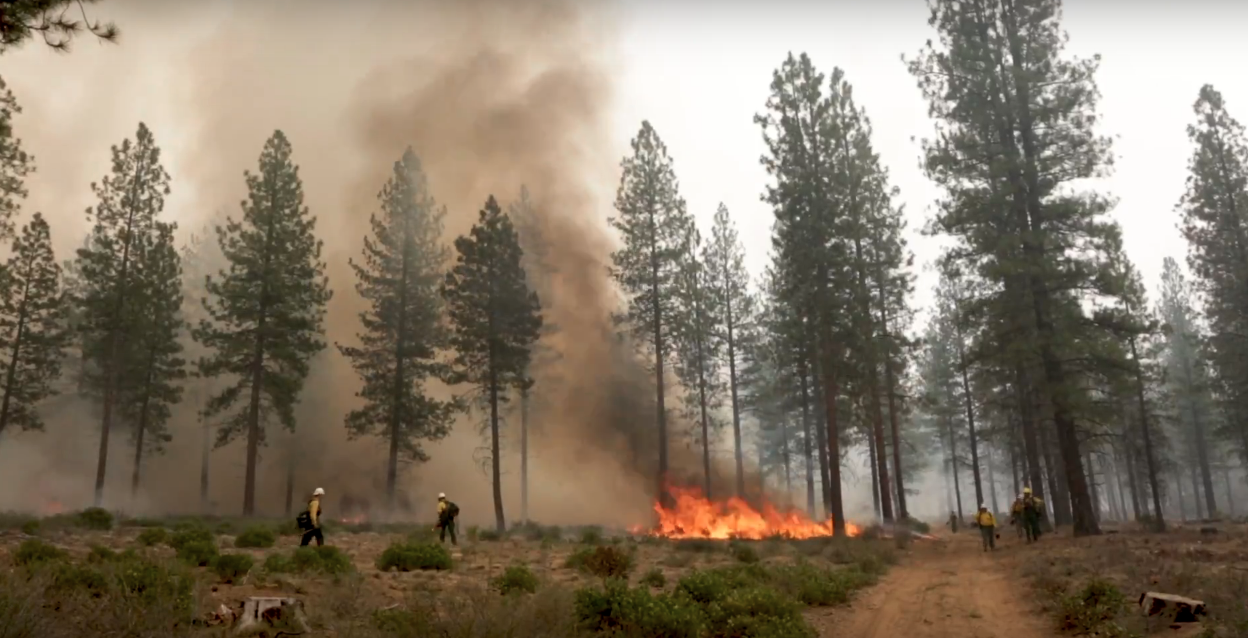

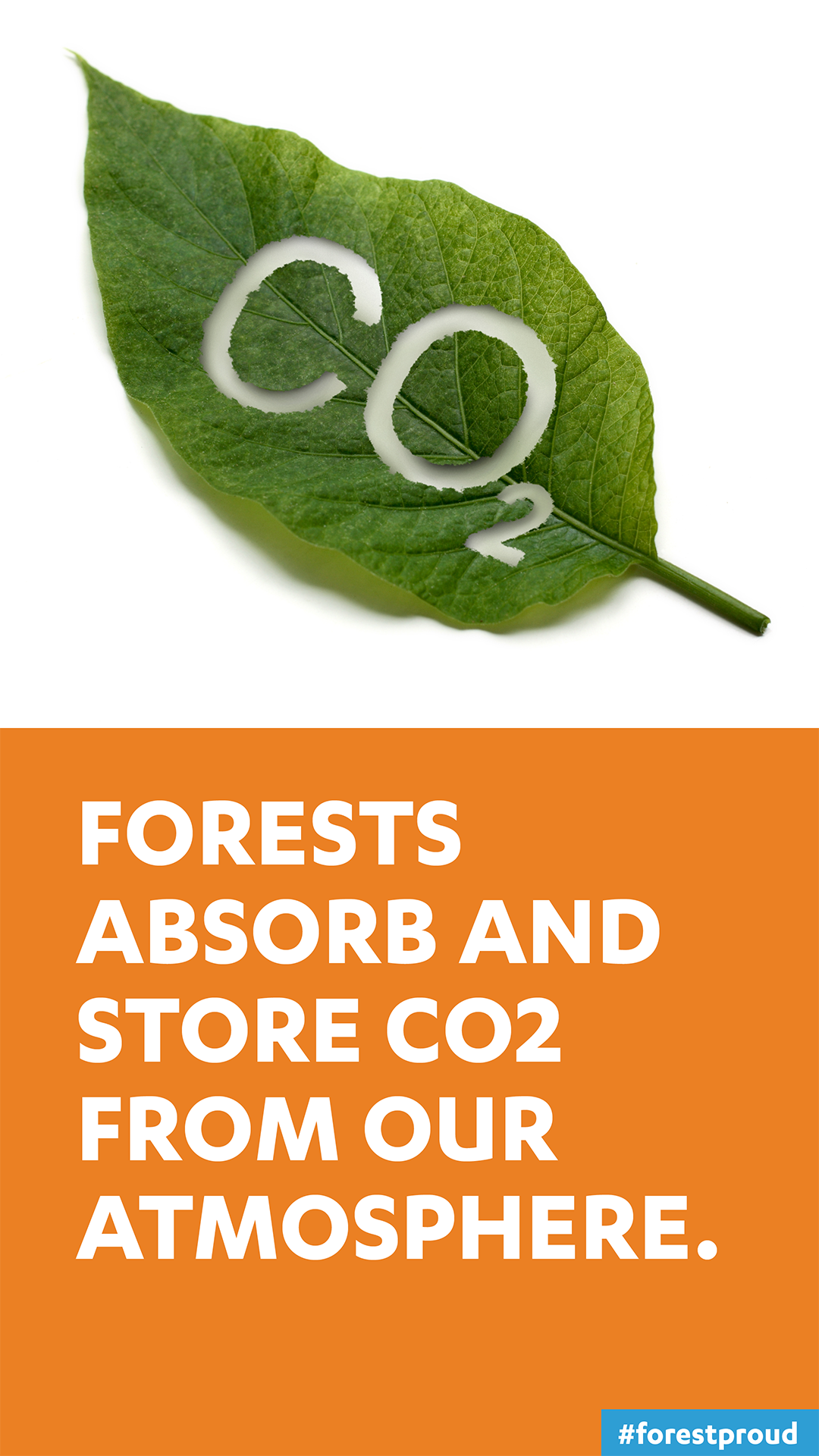


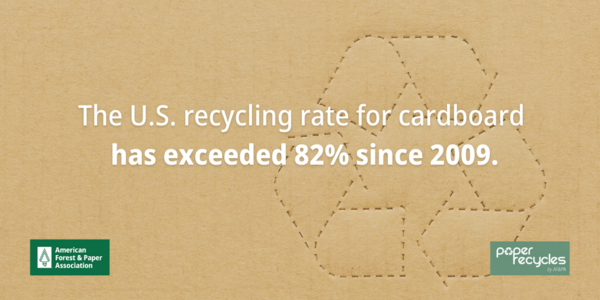

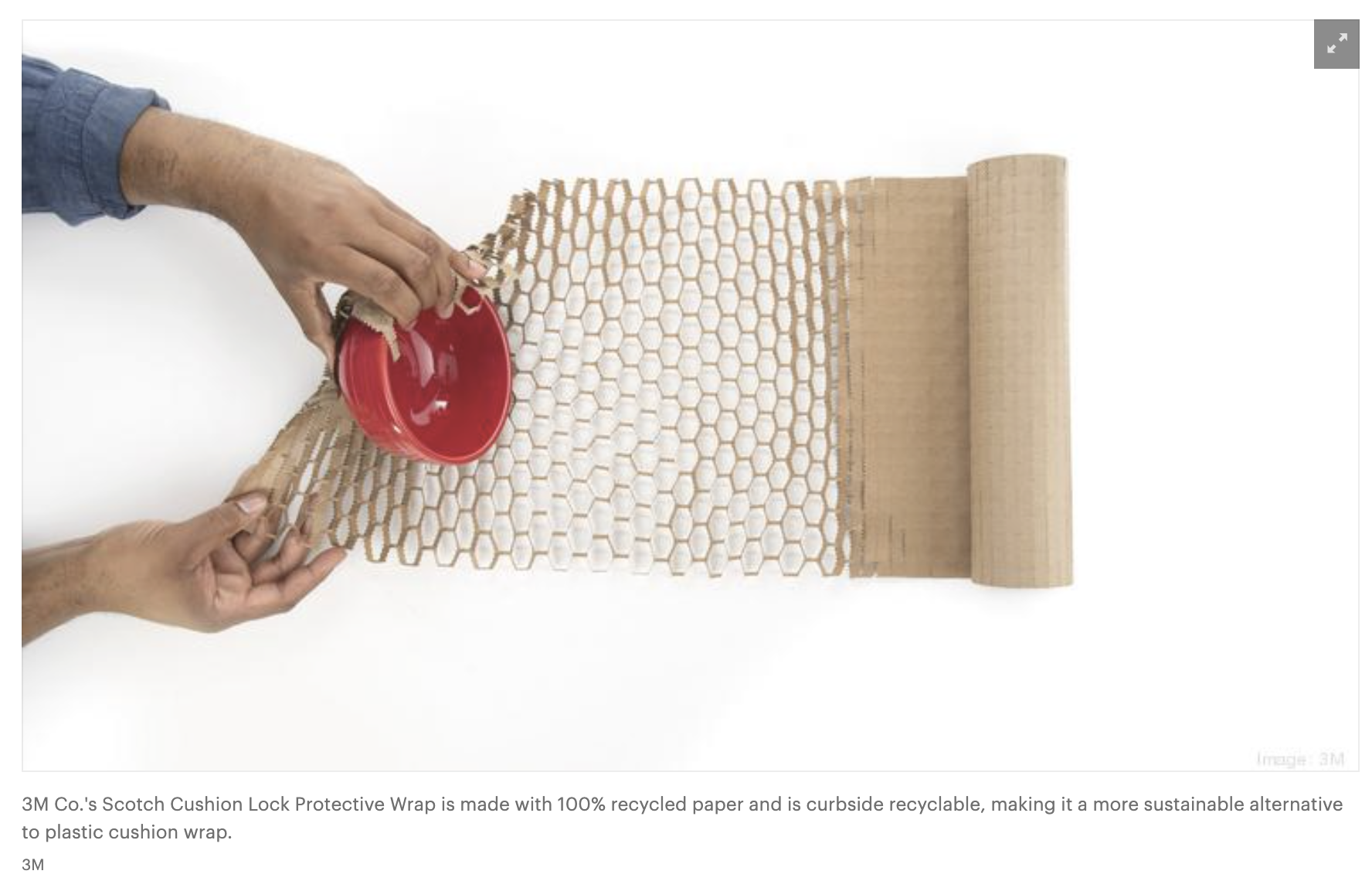
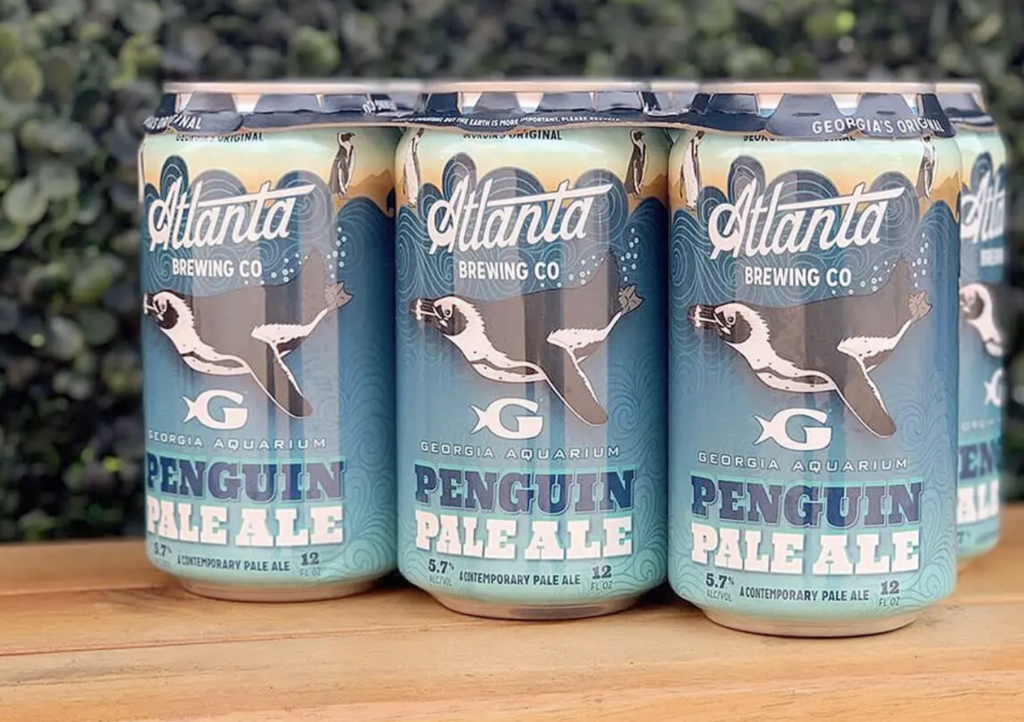
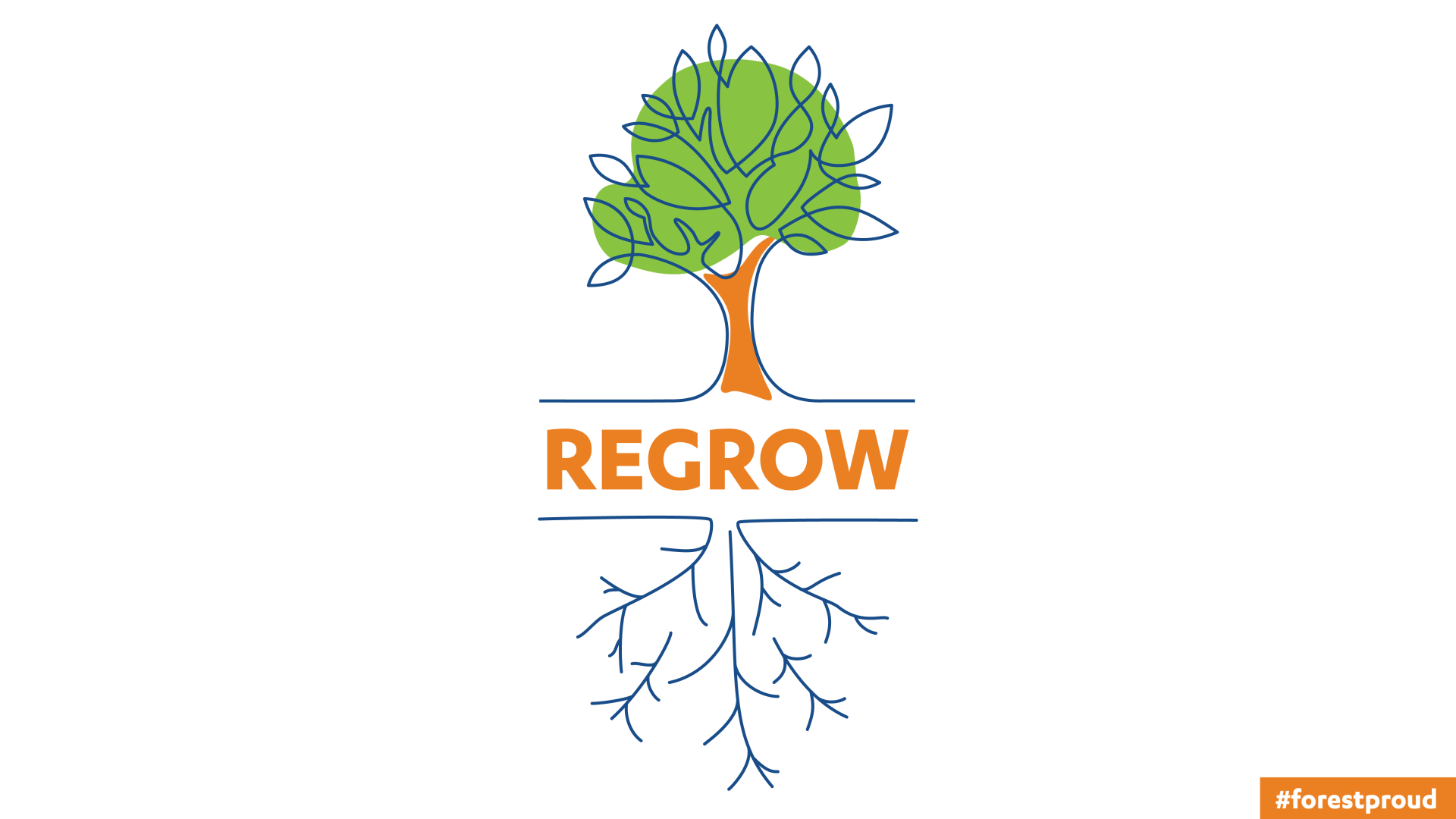
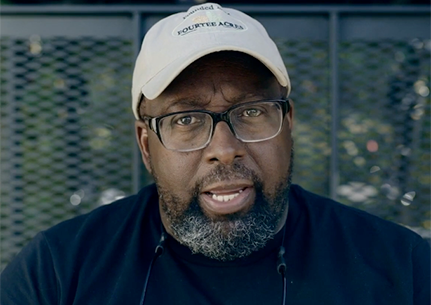
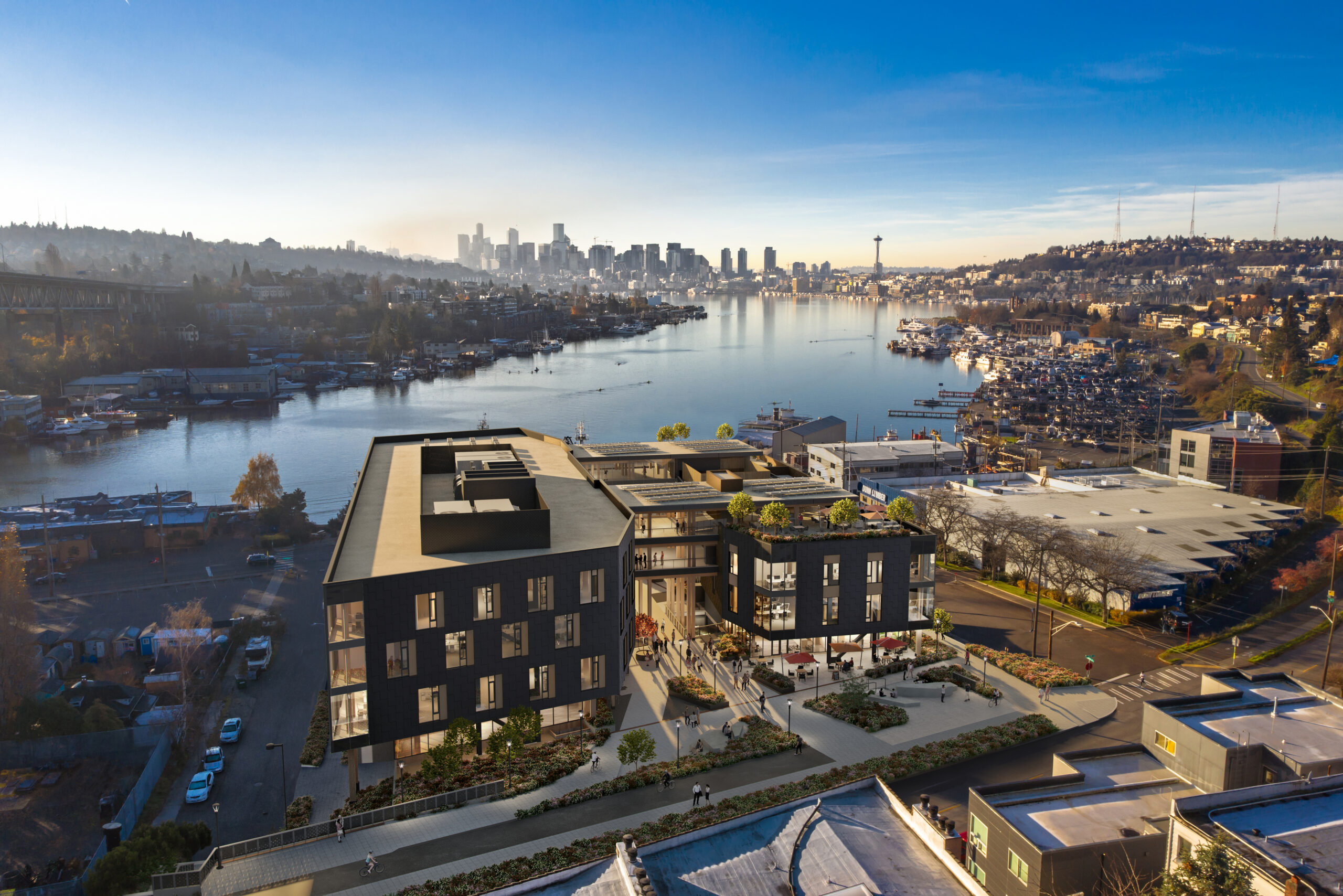
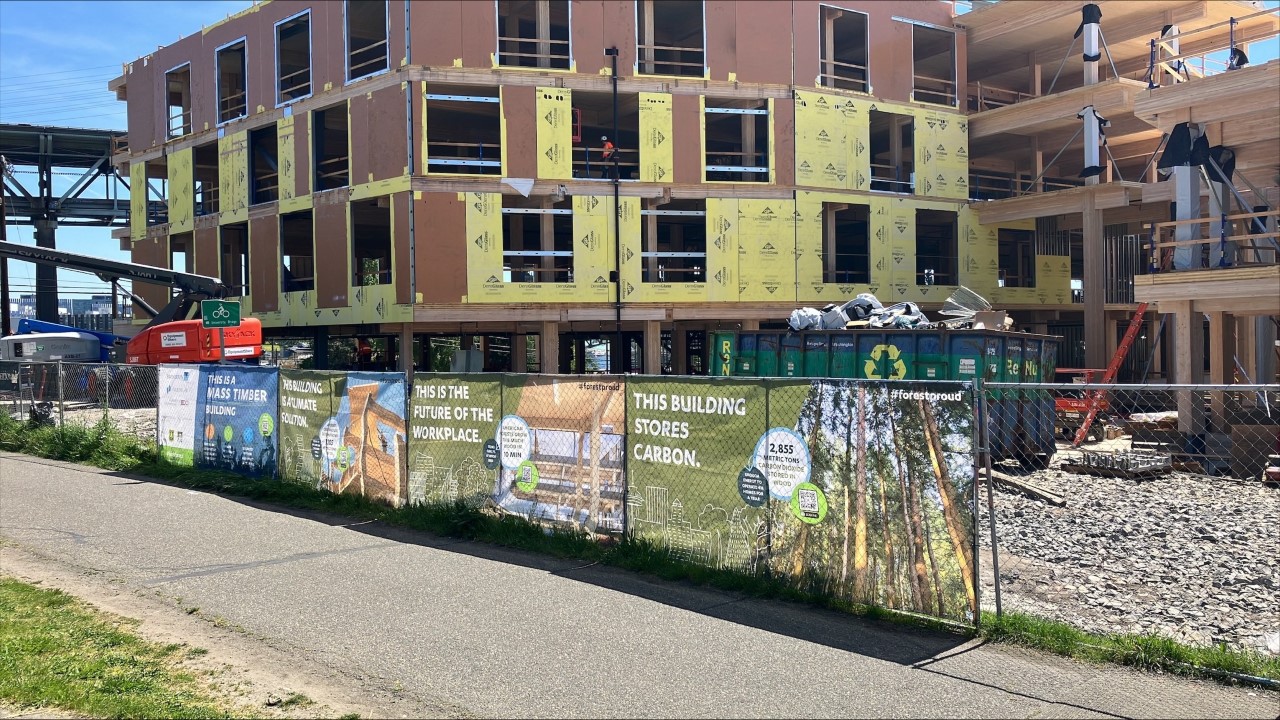 __
__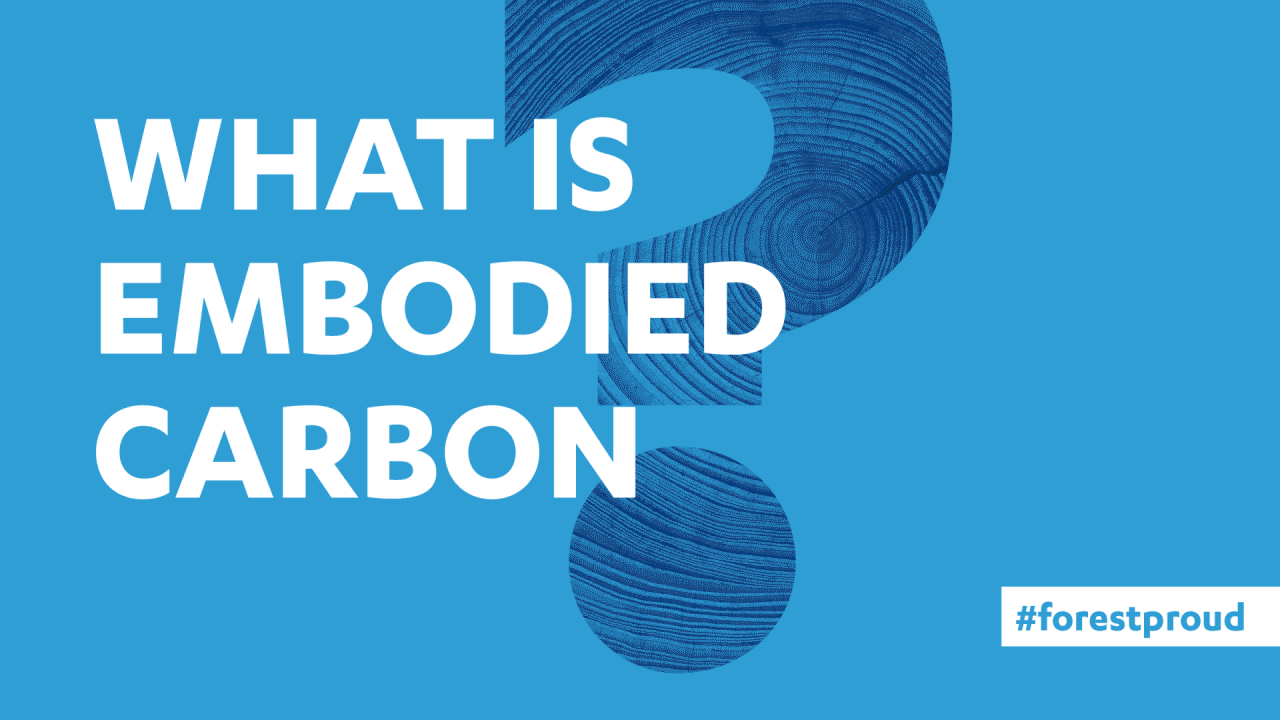
 ) means that the full cycle of forests and wood products store carbon and have the greatest potential to lessen climate change impacts and keep carbon locked away in forests and wood. From constructing tall buildings to enhancing materials at the microscopic scale, wood products of any size can have big, positive environmental impacts in the fight to limit climate change.
) means that the full cycle of forests and wood products store carbon and have the greatest potential to lessen climate change impacts and keep carbon locked away in forests and wood. From constructing tall buildings to enhancing materials at the microscopic scale, wood products of any size can have big, positive environmental impacts in the fight to limit climate change.